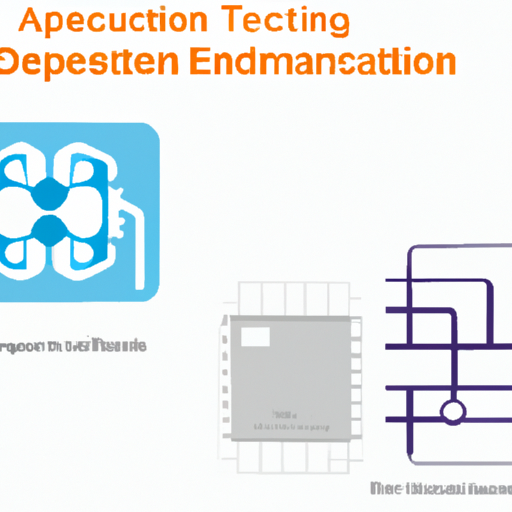Application Development in Solid-State Thermostats: CFR-50JB-52-16K
The development of solid-state thermostats, such as the CFR-50JB-52-16K, represents a significant advancement in HVAC control technology. By leveraging cutting-edge technologies and methodologies, these devices enhance performance, reliability, and user experience. Below is a detailed overview of the key technologies involved and notable success stories in the field.
Key Technologies
| 1. Microcontroller Units (MCUs) | |
| 2. Sensor Technology | |
| 3. Wireless Communication | |
| 4. User Interface (UI) | |
| 5. Machine Learning and AI | |
| 6. Energy Management Systems | |
| 7. Solid-State Components | |
| 8. Cloud Computing | |
| 1. Nest Learning Thermostat | |
| 2. Ecobee SmartThermostat | |
| 3. Honeywell Home T9 | |
| 4. Emerson Sensi Touch | |
| 5. Tado Smart AC Control | |
Success Stories
Conclusion

The development of solid-state thermostats like the CFR-50JB-52-16K is driven by advancements in microcontrollers, sensor technology, wireless communication, and user interface design. The success stories of leading brands illustrate the potential for innovation in this sector, emphasizing the importance of energy efficiency, user experience, and integration with smart home ecosystems. As technology continues to evolve, the capabilities and functionalities of solid-state thermostats are expected to expand, further solidifying their role in modern home automation and energy management. The future of HVAC control looks promising, with solid-state technology at the forefront of this transformation.
Application Development in Solid-State Thermostats: CFR-50JB-52-16K
The development of solid-state thermostats, such as the CFR-50JB-52-16K, represents a significant advancement in HVAC control technology. By leveraging cutting-edge technologies and methodologies, these devices enhance performance, reliability, and user experience. Below is a detailed overview of the key technologies involved and notable success stories in the field.
Key Technologies
| 1. Microcontroller Units (MCUs) | |
| 2. Sensor Technology | |
| 3. Wireless Communication | |
| 4. User Interface (UI) | |
| 5. Machine Learning and AI | |
| 6. Energy Management Systems | |
| 7. Solid-State Components | |
| 8. Cloud Computing | |
| 1. Nest Learning Thermostat | |
| 2. Ecobee SmartThermostat | |
| 3. Honeywell Home T9 | |
| 4. Emerson Sensi Touch | |
| 5. Tado Smart AC Control | |
Success Stories
Conclusion

The development of solid-state thermostats like the CFR-50JB-52-16K is driven by advancements in microcontrollers, sensor technology, wireless communication, and user interface design. The success stories of leading brands illustrate the potential for innovation in this sector, emphasizing the importance of energy efficiency, user experience, and integration with smart home ecosystems. As technology continues to evolve, the capabilities and functionalities of solid-state thermostats are expected to expand, further solidifying their role in modern home automation and energy management. The future of HVAC control looks promising, with solid-state technology at the forefront of this transformation.